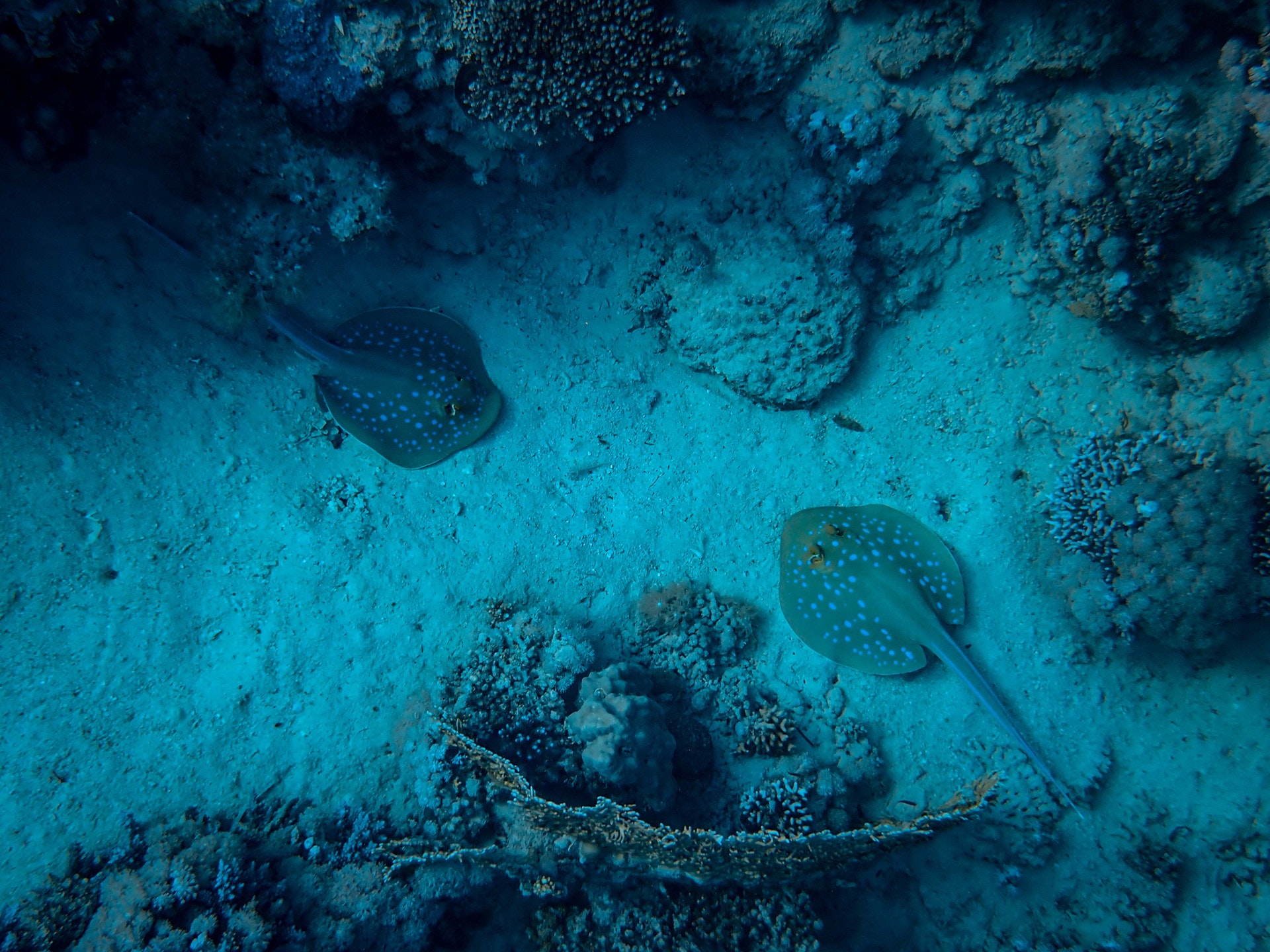 Earth & Space
Earth & Space
Global warming puts fish mating at risk
Accelerating ocean warming is threatening marine ecosystems, and aquatic animals increasingly suffer from brutal heat waves. A new study reveals that fish’s heat-tolerance changes over developmental stages, highlighting their mating phase as deadly heat vulnerable. This discovery warns about the conservation of our beloved fish and sustainability in fisheries.

Climate change is accelerating ocean warming globally, and heat waves are becoming more frequent and intense. This is of great concern as heat is a deadly threat to aquatic animals. But the extent of danger depends – some fish species are more heat-tolerant than others. For example, Antarctic icefishes can't tolerate 6°C 'hot' water, while the desert pupfish survives until 45°C. These species-dependent heat tolerances are a consequence of physiological adaptations that evolved over long periods.
Beyond the differences across species, heat tolerance changes over developmental stages in life. A fish's capacity to absorb oxygen from the water for producing energy is a crucial physiological feature. As water temperatures rise, metabolism accelerates and oxygen demand increases. At some point, the fish can no longer meet the heat-related oxygen demand, which ultimately leads to death. Accordingly, heat tolerance is related to oxygen supply capacity, relying on the efficiency of certain organs (i.e. gills and cardiovascular system) associated with the body mass. The oxygen supply capacity that differs over developmental and morphological changes in a fish's life makes certain life stages more sensitive to heat than others.
We set out the study to identify the most heat-vulnerable phase in fish life cycles and assess their vulnerability in response to future global warming. For this purpose, we analyzed available rich data on the temperature preferences and tolerance limits of marine and freshwater fish, which had been produced in earlier studies over the past 100 years.
We found that eggs are much less heat-tolerant than larvae and adults. This is in line with an increase in oxygen supply capacity (and thus heat tolerance) together with the development of major organs through the larval phase into adulthood. Heat tolerance decreases again during the spawning phase, when male and female fish must meet additional oxygen demands for sexual maturation. In fact, this also happens in humans – the additional oxygen and energy required by the embryo cause pregnant women to be particularly heat-sensitive.
Reduced heat tolerance during the spawning phase suggests that reproduction becomes a bottleneck in fish life cycles under global warming. We analyzed 694 different fish species to estimate the effects of climate change on their reproduction. Using the IPCC climate models, we simulated how much warming each fish species will probably experience by the end of the 21st century in their local living environments. The results showed that, if the current global warming scenario is in effect, around 60% of those fish species would not be able to reproduce at their today's home. This suggests that commercially important fish such as tuna and cod will disappear in some of their current living environments.
Field studies support our findings that were made based on simulations. For example, recent heatwaves in the North Pacific have caused mass mortality among fish offspring and other sea creatures. Such extreme events represent a preview of what the future holds for many important fish stocks globally, if we fail to limit the temperature rise below 1.5°C according to the Paris Climate Agreement. Importantly, our results suggest that the number of threatened aquatic species would decline to about 10% by meeting the 1.5°C goal.
Fish may adapt to global warming by either evolutionarily acquiring beneficial features in heat tolerance or migrating into cooler regions. The latter option is more likely because the speed of evolution is usually 'too slow'. However, moving to another area could be problematic for some fish species. For instance, polar fish are stuck in a geographical dead end, while some other species rely on specific living environments including currents and prey that may not be available elsewhere. Such special habitat requirements can be even more strict while reproduction – when parents become particularly vulnerable to heat.
In addition to mitigating climate change, it is therefore an urgent task to identify endangered fish species and protect them from upcoming 'heat shocks'.
Original Article:
Dahlke, F. T., Wohlrab, S., Butzin, M. & Pörtner, H.-O. Thermal bottlenecks in the life cycle define climate vulnerability of fish. Science (80-. ). 369, 65 LP - 70 (2020).
Edited by:
Dr. Akira Ohkubo , Associate Editor
We thought you might like
Ocean acidification and its effects on coral reef growth
Jul 8, 2016 in Earth & Space | 3.5 min read by Rebecca AlbrightResetting nature’s clock: shifting seasons and species relationships
Sep 14, 2016 in Earth & Space | 3.5 min read by Stephen Thackeray , Sarah BurtheThe silent battle of young corals against ocean acidification
Oct 19, 2016 in Earth & Space | 4 min read by Taryn FosterFor polar bears the cost of living is rising
Mar 13, 2018 in Earth & Space | 4 min read by George DurnerMore from Earth & Space
Discovery of the first radiation belt beyond the Solar System
Jan 27, 2025 in Earth & Space | 3.5 min read by Juan Bautista Climent OliverOne million (paper) satellites
Jan 24, 2025 in Earth & Space | 3 min read by Ewan Wright , Andrew FalleVolcanic Ash: A Nutrient Boost for Reef-Building Corals
Sep 18, 2024 in Earth & Space | 4 min read by Frank Förster , Tom SheldrakeAmmonia Energy: A Call for Environmental Awareness
Aug 29, 2024 in Earth & Space | 3.5 min read by Matteo Bertagni , Robert Socolow , Amilcare PorporatoLikely increase in coral thermal tolerance at a Pacific archipelago
Dec 29, 2023 in Earth & Space | 3 min read by Liam LachsEditor's picks
Trending now
Popular topics


